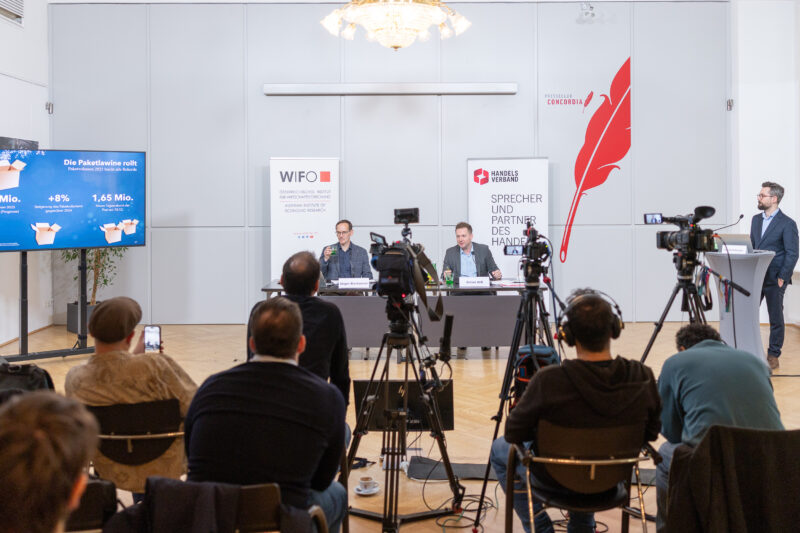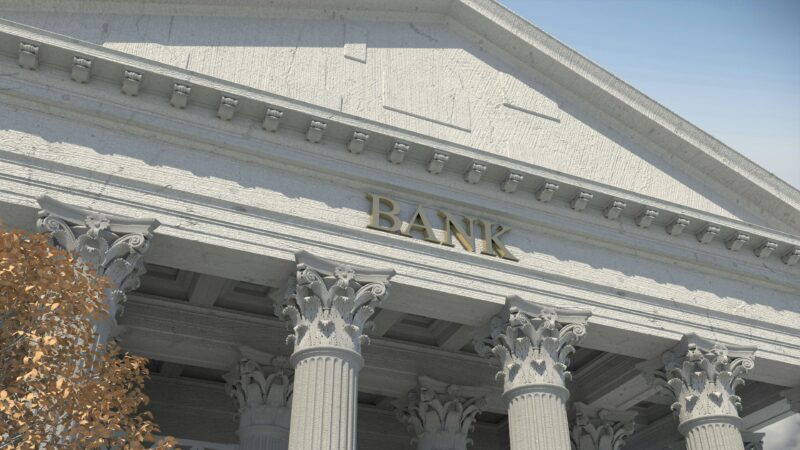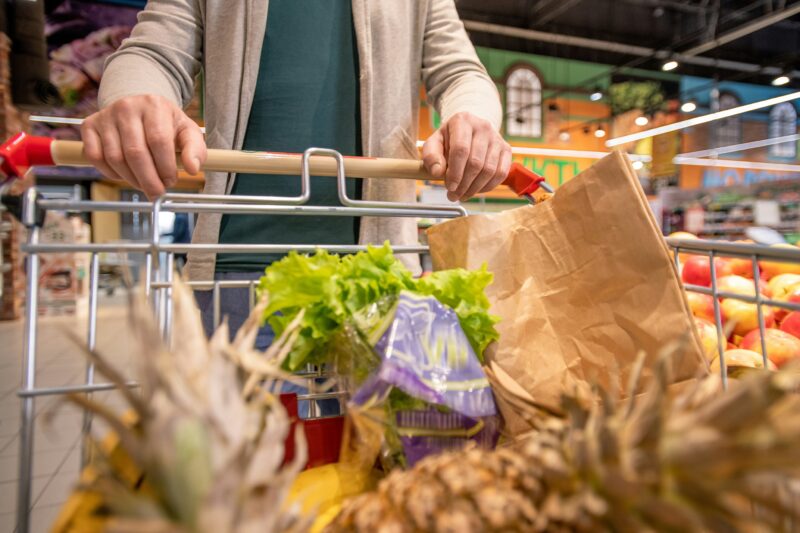
Strong Sales Growth in June, Consumption Robust in the Second Quarter of 2025
The domestic economy remained weak. According to the WIFO Flash Estimate, economic output increased by 0.1 percent in the second quarter of 2025 compared to the previous quarter (seasonally and working day adjusted). Consumer demand from private households was more positive than at the start of the year.
Inflation rose to 3.6 percent in July (June: 3.3 percent). The housing, water and energy expenditure group had the strongest impact on inflation.
Adjusted for calendar effects, retail sales (excluding motor vehicles) were clearly positive in June (+5.3 percent in nominal terms, +3.6 percent in real terms compared to the previous year, provisional figures). Thus, the momentum recently picked up again (May +2.0 percent in nominal terms, +0.7 percent in real terms).
Sentiment among domestic retailers remained largely unchanged, with both the assessment of the current situation and expectations for the coming months remaining at the same level as at the start of the year.
Consumer confidence, which had deteriorated noticeably in April, has gradually improved since then. The consolidation measures discussed in the first few months of the year, some of which came into force in April and affect private households, have not been reflected in a sustained deterioration in sentiment.
Private consumer spending is likely to remain weak this year, but will grow again slightly compared to the previous year on a price-adjusted basis. Strong increases in new car registrations point to solid momentum in consumer durables. Next year, private households are also expected to be more willing to spend on a broader basis.
On the labour market, the number of unfilled vacancies fell again in July (overall economy ‑13 percent, retail ‑4 percent). In July, 11,021 vacancies in the retail sector (including motor vehicles, according to ÖNACE 2025) could not be filled promptly, compared to 82,222 in the economy as a whole.
The number of corporate insolvencies also remained high in the second quarter of 2025. A total of 1,039 insolvencies were opened (according to KSV1870), which was 2.9 percent more than in the previous year. The situation in the retail sector also remains tense. In the second quarter of 2025, almost one in five insolvencies was again recorded in the retail sector as a whole (185 cases). This corresponds to an increase of 6.9 percent compared to the previous year.
Publications
Please contact




















